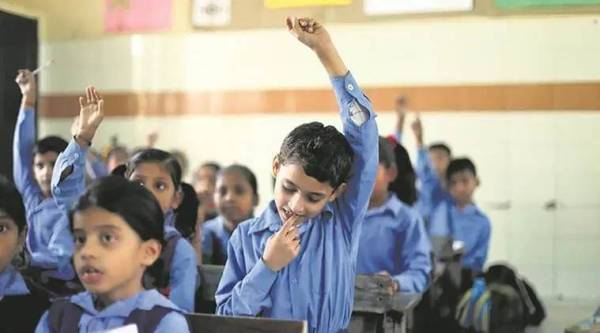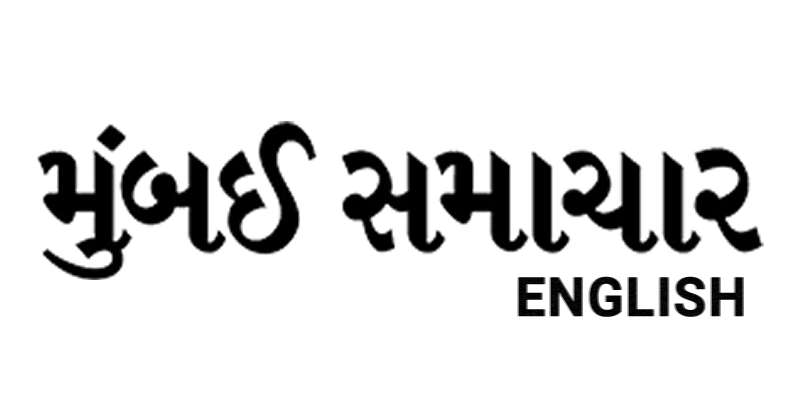Gujarat Receives Over 2.37 Lakh Applications Under RTE As Income Cap Raised to ₹6 Lakh
Income Criteria Prompted Additional 44,994 Applications

Ahmedabad: The Right to Education (RTE) admission drive in Gujarat’s private schools witnessed a significant surge in applications after the state government raised the annual income eligibility limit from ₹1.5 lakh to ₹6 lakh. As the extended application window closed on April 15, a total of 2,37,317 forms were submitted, reflecting a sharp rise in interest from families seeking free education in private institutions.
The application process, which originally commenced on February 28 and was set to close on March 12, saw a major policy shift in March when the government revised the income criteria. This change prompted an additional 44,994 applications, as more families became eligible for the scheme. The new deadline was set for April 9, later extended to April 15 in some districts to accommodate the influx.
Under the RTE Act, 25% of seats in private schools are reserved for children from economically disadvantaged backgrounds. In Gujarat, this translates to 93,527 seats available across 40 districts. However, with applications far exceeding available seats, not all applicants will secure admission.
District-wise data shows a varied response. Ahmedabad saw 36,000 applications for 14,778 seats, while Surat received 30,911 applications for 15,229 seats. In Surat, rigorous document verification was conducted by 100-member teams, and over 5,000 applications were canceled due to duplicate entries or invalid documents. In Vadodara, 11,500 forms were submitted against 4,800 seats, while Rajkot reported a total of 21,481 applications for 6,640 seats across city and district schools—an increase from the previous year due to the inclusion of more schools and expanded intake capacity.
Education officials emphasized the importance of thorough verification, particularly in detecting false income certificates and duplicate submissions. Applicants whose forms are rejected will have time until April 23 to submit missing or corrected documents. Final lists will be prepared thereafter, and the first round of allotments is scheduled for April 28.
Interestingly, while the overall number of applications increased marginally from last year’s 2.35 lakh, the rise in income limit ensured broader access, enabling families previously above the old threshold to apply. Officials noted that this year’s applicants were more likely to be eligible due to stricter scrutiny and public awareness campaigns aimed at reducing fraudulent submissions.
With a limited number of seats and high demand, the admission process under RTE remains competitive. Nonetheless, the government’s move to expand eligibility marks a progressive step towards inclusive education, ensuring more children from low- to middle-income households have a shot at quality private schooling.



